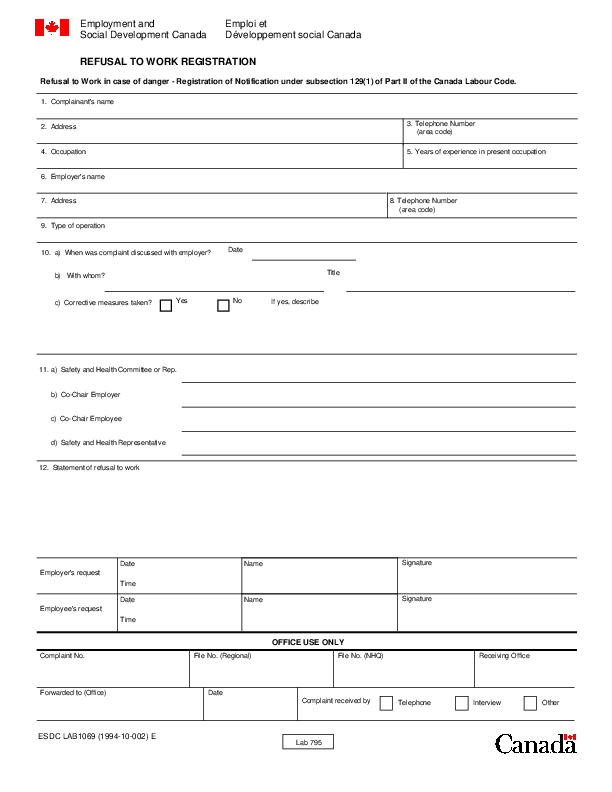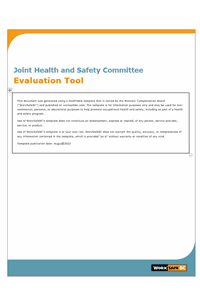
5 Best Practices to Boost Your Workplace Wellness Program
Real world costs of employee mental health.
My name is Charles Curtis and for the past 30 years, I have been reading, consulting, discussing and writing on the ever-increasing costs of poor health in the workplace and improving workplace wellbeing.
We know that costs associated with employee health continue to rise regardless of the overwhelming evidence of the positive return on investment (ROI) from effective workplace wellness programs.
So how can we determine what programs result in the positive outcome companies now must strive for?
A 2011 Sun Life-Ivey Business School study, Canadian Wellness Return on Investment Study, identified the five best practices to support optimal wellness strategy, design and implementation as:
– Leadership by example from senior and middle management creates a healthy culture.
– Policies and practices that reflect a culture of health and a commitment to a healthy workplace.
– Communication is critical. Employees must understand the employer’s commitment to employee health and wellness offering.
– Targeted programs to identify top health risks.
– Evaluate outcomes for analysis and benchmarks.
– Leadership
Over the past 30 years, some organizations I’ve worked with exist through a philosophy of wellness for everything they do. Starting from the top, leadership believed that organized wellness activities were to be woven into the fabric of the company. The result was continuous growth, positive energy, pride and better outcomes resulting in organization-wide cost savings while allowing the wellness budget to continually grow.
Contrary to this winning approach, I have seen cases where a very small budget was given to outfit fitness centres and see how the attendance would be before any more funds were injected into the program. This “build it and they will come” approach without strong leadership or investment usually results in little engagement, accountability and ownership of the program.
Policies and Practices
A strong business case with solid policies and practices is a must in order to sustain a wellness program. The strongest programs have a team of dedicated employees supported by leadership and an outside expert to help guide them through the pitfalls of a start-up or refresh. Forming a committee to establish guidelines sets the tone for a strong program. The key to this is having a solid plan and committee members that are committed to the program, the company and the people. Without a dedicated group willing to work hard and support the policies it is an uphill battle.
Communication
The best programs have the strongest methods of communication. If the communication system is not effective then it doesn’t matter if you have the greatest programs available.
One example of this, I have seen, had middle management who believed in the program but there was a little budget to promote the services. That created a situation where the organization had little “skin in the game” and left the program and sign-ups to the employees without financial support, leadership or ownership. That was not a sustainable model. Opposite to that, I have seen programs that have a strong web presence, communication policy and plans. Consistent messages and programs are promoted well in advance throughout the locations and levels of the organization, and supported by champions spreading the good word. Again, the return betters the more the investment and programs are communicated effectively.
Targeted Programs
Using passive forms of communication alone, such as educational handouts on fitness, health and wellness, does not achieve a positive return on investment. Behavioural health interventions will provide a much better result, establishing a winning plan for reducing those costly areas of concern and enabling the employee population of your company to flourish.
In my experience, using a health risk identification process and interest survey as a program launching point will ensure all data and health trends are collected from the beginning. This data is paramount in identifying and targeting the key areas of risk and interest in order to establish the most effective services and programs and maintain program accountability.
Evaluation
As a follow up to the risk identification process, it is suggested organizations develop a comparative feedback measurement to evaluate program success and establish accountability. The most successful programs are under constant scrutiny and evaluation. Evaluation can come in many forms: participation levels, participation feedback, pre and post-test results and financial cost benefits just to name a few. This process forces the organization to keep on top of the program and make adjustments as needed in a timely matter.
You can find more great resources on Health and Wellness here.
Latest Resources
LAB 1069-Refusal to Work Registration
The Employer’s Investigation Report (LAB1069) is a required form under Part II of t ...
Joint Health and Safety Committee Evaluation Tool
This evaluation tool helps assess the effectiveness of a Joint Health and Safety Comm ...

